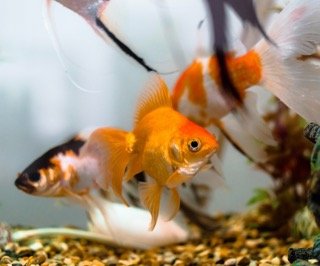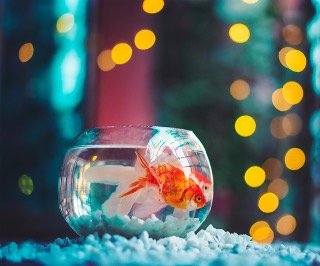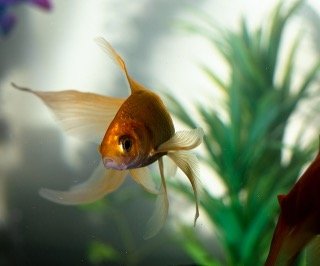
Introduction
The majority of these invasive worms are found in tropical fish. However, many other species of fish can still contract the disease. Camallanus worms are tricky to find, and frequently they don’t show any outward signs in the fish. They typically kill their victim quickly, which might result in a string of regular fish fatalities that may leave you wondering what happened to your cherished fish. This is a useful guide to help you figure out all the potential causes and treatments you may use to fight the worms and save your fish if you’re fortunate enough to find these worms in your fish.
Camallanus Worms: An Overview
Threatening parasite-like worms called camallanus worms enter a fish’s digestive tract and feed on its blood. Due to the way they feed, they are often called “vampire worms.” If left untreated, Camallanus worms cause the fish to whither away and eventually die quickly but painfully.
Larvae Stages
The initial stage of worm larvae are laid by mature females in foods that crustaceans frequently consume. The larvae spread to the crustacean’s intestines when it eats the diseased food, where they eventually molt and enter a dormant stage.
The fish then consume the crustaceans, and the larvae resume their active phase. The cycle will restart, the larvae will become active, and they will spread to the fish’s intestines where they will undergo another molt. It is difficult to detect these worms in your fish immediately away because they are in their covert growing phase.
you may also like to read Do Goldfish Need a Filter?
Getting Camallanus Worms by Fish
Fish feces that has been contaminated: If a fish in your aquarium passes a worm along with its regular waste, the worm can get inside any fish that decides to take a nibble. Many fish are innately curious and opportunistic feeders, so they are not afraid to see if a floating piece of feces contains food.
Live foods: Worms can easily enter your fish’s system through live foods that are holding the initial stage of the larvae.
Fish with an infestation: Fish with an infestation can spread it to other fish in the same tank. The majority of the time, new fish that have just been added to the tank experience this.
Live plants: If a fish or crab nibbles on a live plant, the initial stages of the larvae will be contained within.
Fish that have died from the worms: If you fail to notice a fish that has died from the worms in time, other fish that are tempted to nibble on the dead fish will eat some of the worms.
Cross-contamination: Reusing aquarium equipment, such as siphons, or equipment in other tanks without first cleaning and disinfecting it will cause cross-contamination, leaving you to deal with a serious Camallanus worm outbreak.
you may also like to read Which Kind of Substrate is Best for My Goldfish Tank?
Callamanus Worm Removal in 5 Easy Steps
First, use an air stone to transfer the sick fish to a quarantine tank or tub.
Almost often, if one fish has an infection or is at danger for an infection, it follows that all fish need to be treated (do not medicate a tank with shrimps or snails as many medications will kill them).
Second step: medicate the fish to render the adult worms helpless. Through its digestive system, the fish will throw them out. For advice on the best parasite treatment for your fish, consult a professional. The course of treatment should last one to two weeks.
Step 3: Thoroughly clean the tank and filter.
Replace real plants and substrate after soaking all decorations.
Any nets should also be cleaned. The fish have been in contact with buckets and siphons.
Step 4: Let the tank air dry in the sun before wiping it down with a towel dipped in aquarium salt.
Step 5: Prepare the tank a week in advance of reintroducing the remaining fish. Start the nitrogen cycle using a bacterial culture from your neighborhood fish store and let the filter work.
Conclusion
You can avoid the difficulty and pain of a serious parasite infestation by using hygienic care techniques with your tank and fish. Make sure to isolate and treat every sick fish, and quarantine additional specimens for a minimum of four weeks. The best course of action in this situation is to cure your fish as soon as possible with the appropriate medication, which will help your fish survive the dangerous infestation.





